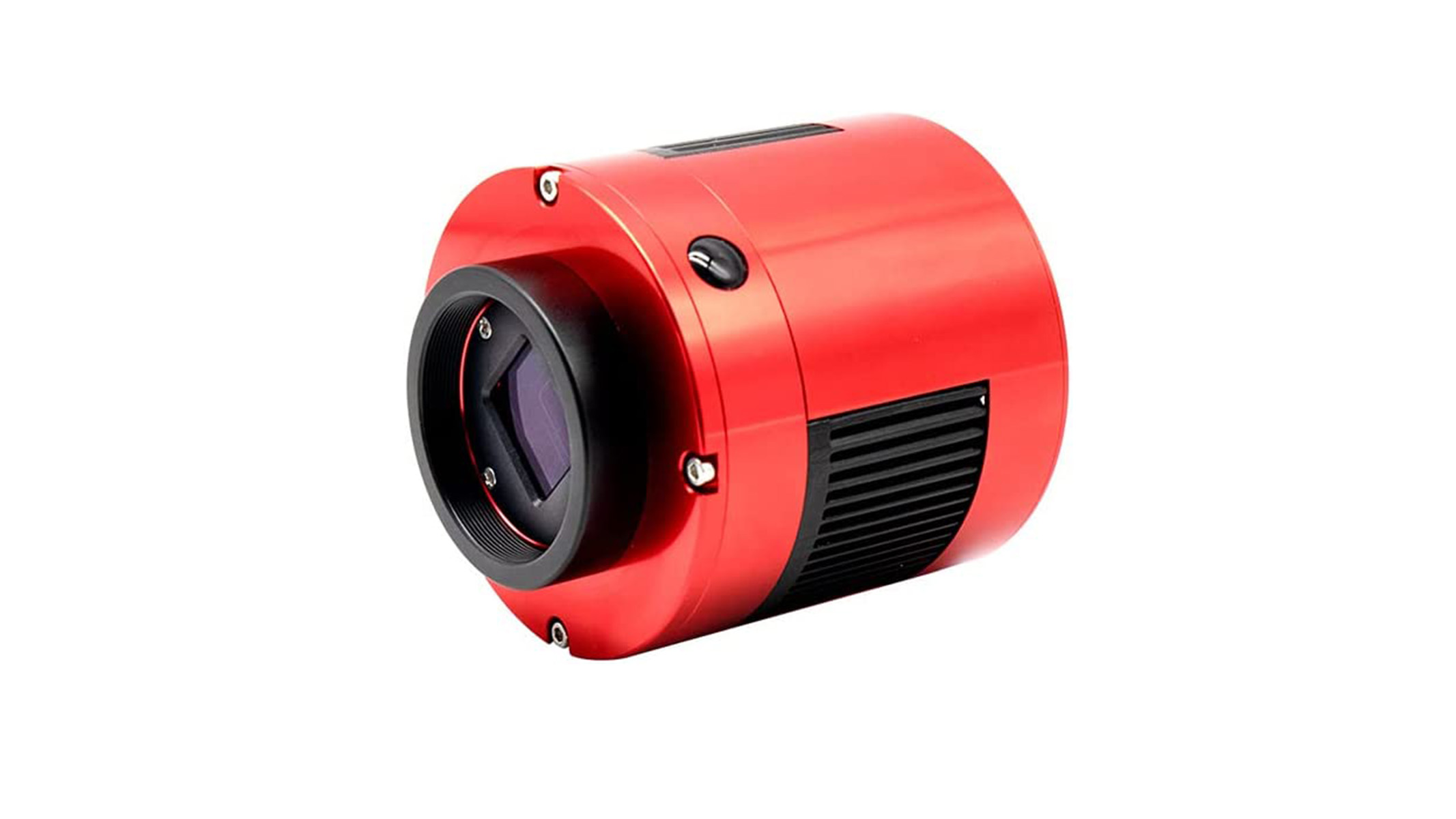
Astrophotographer Terry Hancock has captured a dramatic view of the star-forming region IC 1396 — also known as the Elephant’s Trunk Nebula — shining in deep space some 2,400 light-years from Earth in the constellation Cepheus.
IC 1396 is an emission nebula — a vast cloud of gas and dust that emits its own light after being ionized by ultraviolet radiation blasted out from the young stars embedded within. The dense, dark filaments silhouetted against the glowing gas are rich with material that will give rise to future generations of stars.
The Elephant’s Trunk Nebula gained its evocative nickname thanks to the 20 light-year-long column of twisting interstellar dust and gas visible near the centre of the deep-space vista. “The image highlights various celestial elements, including a notable emission nebula, by contrast against the bluish cavity that fills the center of IC 1396,” Hancock told Space.com in an email.
The entire complex spans a little over 5° of sky, or roughly 10 full moons side by side, though only the faintest hazy glow would be detectable to the naked eye under perfect dark sky conditions.
ZWO ASI533MC Pro

Want to capture your own nebula mosaics? The ZWO ASI533MC Pro camera is the best dedicated astro camera out there, in our opinion. It features zero amp glow, 80% quantum efficiency and a 20FPS frame rate. It also features a 9MP sensor and you can check out our ZWO ASI533MC Pro review for a more in-depth look.
Hancock captured the ancient nebula light over the course of almost 114 hours using a 180 mm Newtonian reflector fitted with a bespoke astronomy camera from Whitewater, Colorado, on Sept. 22, 2021. Special astronomy filters were used to isolate specific wavelengths of light, which were then carefully compiled and edited using the astrophotography software Pixinsight and Adobe Photoshop to reveal the structure and color in extraordinary detail.
Looking to take your first steps into the rich world of astrophotography? Then be sure to check out our roundups of the top cameras and lenses that are perfect for immortalizing your personal view of the night sky. If you’re looking for targets, then look no further than our nightly sky guide, and night sky live blog, which details all of November’s major stargazing events while providing useful visual aids to help guide your skywatching adventures.
<em>Editor’s Note: If you would like to share your deep space astrophotography with Space.com’s readers, then please send your photo(s), comments, and your name and location to spacephotos@space.com.
